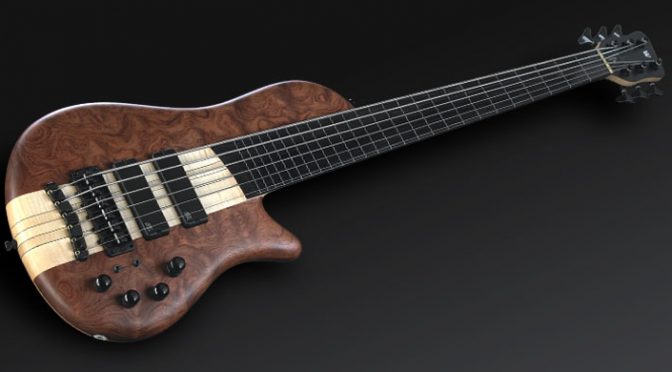16th Note Jazz Lines on 6 String Bass with Bass TAB – Bass Practice Diary – 13th August 2019
This week I’ve written out some 1/16th note jazz lines on a II-V-I chord progression in C major. If you’ve read my book Electric Bass: Improve Your Groove, then you’ll know that I love to practise subdivisions. In fact, I believe it’s probably the most important thing that every bass player should practice. And this week I’ve been working on a tricky little subdivisions exercise. Playing 1/16th notes on a jazz swing feel!
Why is it hard to play 16th notes on a swing feel?
A 1/16th note feel can be described as a straight feel. Straight, in this case means anything with a subdivision that is divisible by two. 1/8th notes, 1/16th notes etc. But a swing feel is a triplet feel. Meaning the subdivision is three not two. So playing 1/16th notes over a triplet (swing) feel requires playing a different subdivision to the rest of the band. And that requires really good time keeping discipline.
You’ll also notice that the 1/16th notes feel fast, even on a quite moderate tempo swing feel. So there are technical challenges in playing these lines accurately. As well as the challenge of getting the timing right. Here are the lines that I wrote out for the video. If you try playing these, I would recommend counting the 1/16th notes using the Konnakol syllables Ta-Ka-Di-Mi as I did in the video.




If you’d like to learn more about practicing subdivisions on bass guitar then check out my book or you can watch this short video!




